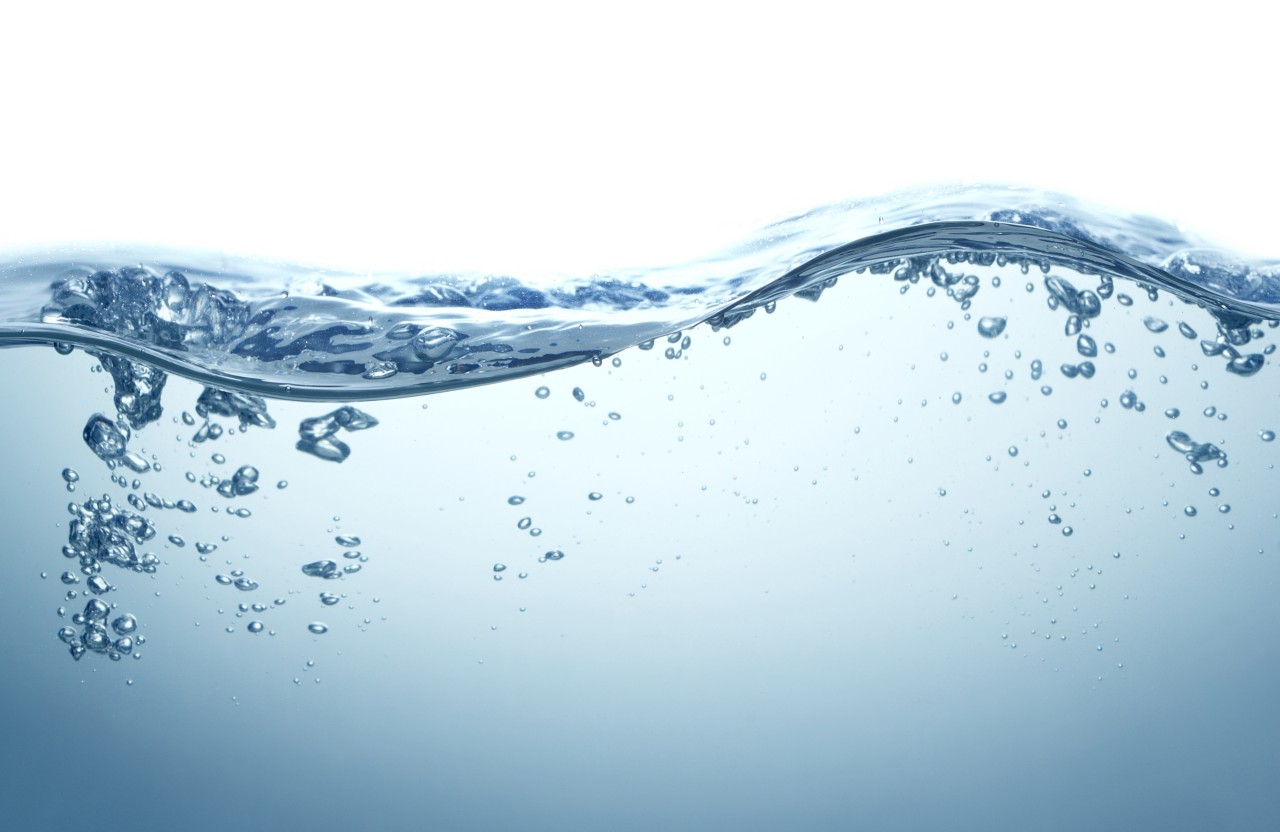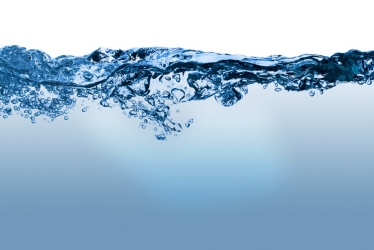Stop Wasting Water and Money. FIND A LOCAL PRO
Consumers generally do their research when it comes to purchasing appliances. They not only look for the best price, but also the efficiency and how expensive the unit is to operate. But what about the water that runs through your appliances?
Hard water is the enemy of appliances. In some areas, the abundance of minerals like magnesium and iron and calcium accumulate in the plumbing system and cause scale build-up. When you’re suffering from hard water woes, the evidence is apparent everywhere: deposits of minerals on glassware and shower doors and even stains in tubs and sinks. But its impact is happening to the pipes long before it shows up on appliance surfaces.
Anti-scale Appliances?
If you have hard water, you need to be even more vigilant about your appliance maintenance. When such a quantity of minerals flows through and builds up in a home’s plumbing system, it shortens an appliance’s lifespan.
To obtain top performance and avoid costly plumbing fixes and appliance repairs, a water softener is your best option.
These water softening systems help to filter out the abundance of minerals that can damage your appliances. To provide the best anti-scale for water heaters, they should be maintained and flushed on a regular basis.
We are water Experts
Water quality is non-negotiable. To prove it, we've built state-of-the-art water quality labs and filled them with the best and brightest scientists — all so we can provide you with the best water of your life.

How to Clean a Water Heater
To control the buildup of mineral deposits so your water heater operates most efficiently, it should be flushed every one to three years depending on the manufacturer’s recommendation, the amount of water you use, and the concentration of hard water at its source.
- If the water heater is electric, cut the power source and turn off the cold water supply.
- Turn on either the pressure valve or the faucet closest to the water heater.
- Attach a garden hose to the valve at the bottom of the heater.
- Run the other end of the hose to a place where it can safely drain (or into a bucket if you turned the heater off allowing the water to cool overnight).
- Open the valve to allow the water to flow from the heater and the relief/pressure valve to allow water to flow slowly and steadily while exercising caution with the hot water.
- After a few minutes of flushing, allow a sample of the water to flow into a test bucket and permit about a minute for any sediment to settle.
- Let the water in the bucket stand undisturbed for a minute and see if the water is clear or if any sand-like material settles to the bottom.
- If the water is clear and no sediment is observed, you can close the valve and remove the hose and continue with Step 11.
- If the water is discolored or you see sediment at the bottom of the test bucket, continue draining until the water is clear. (You may need to partially refill the water heater if you still observe sediment and the heater is empty.) Run until clear.
- Close the drain and remove the garden hose.
- Close the pressure relief valve if opened.
- Turn water supply back on and let tank fill.
- After the tank is re-filled, slowly reopen the pressure relief valve to bleed off the excess air and then close it again.
- Close the water heater drain.
- Turn the hot water faucet in a bathtub on and wait for a full stream of water.
- Once the hot water tap is running at full volume, it is safe to turn on the circuit breaker.
You can keep your home up to “anti-scale standards” by consistent preventative maintenance on your water-driven appliances and using a water softener alternative.
What's in your water?
start here
Worried about your water? Take control with our at-home water test kit. We'll analyze your water and recommend the best filtration or softening solution for your specific needs.


Water 101
Unleash the secrets of your H2O! Explore where water originates and discover the various water filtration solutions that transform it into drinkable water.
Related Articles
Disclaimer: The information on this website has not been reviewed by the FDA. Products offered for sale herein are not intended to treat, cure or prevent any disease or health condition. No medical claims are being made or implied. Contaminants mentioned are not necessarily in your water.







